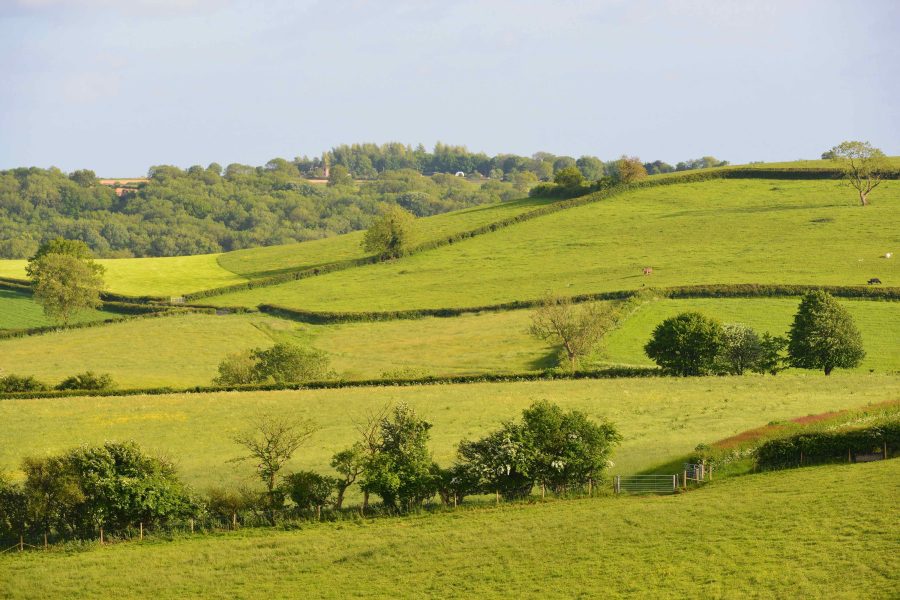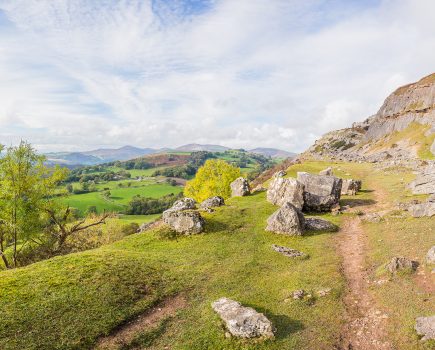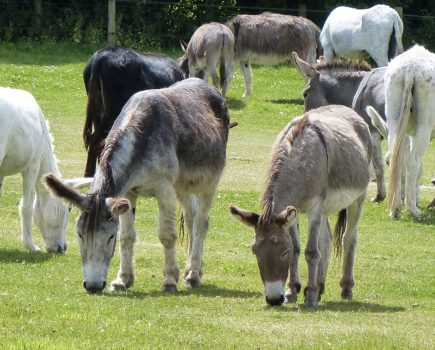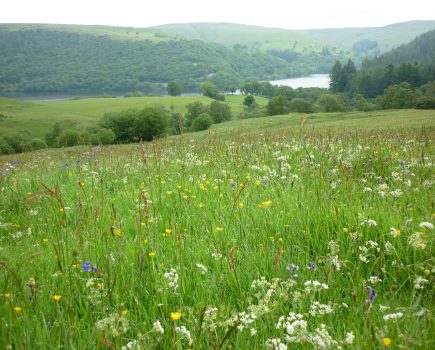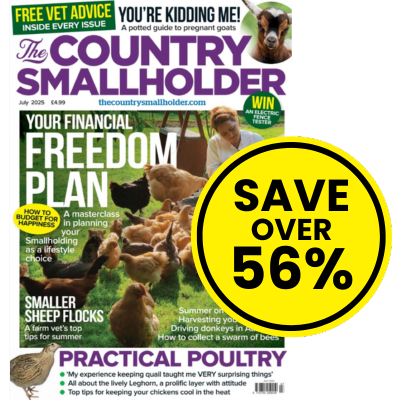Helen Babbs explores the plus points and pitfalls for those looking to rent some extra land for smallholding.
Could your smallholding do with being just a little bit bigger? Do you need an extra field to move the lambs into after weaning, or to enable you to shut off part for a hay cut? Buying extra land is rarely easy and always costly, so the best solution is often to rent it from a nearby farmer or fellow smallholder.
“We rent about five acres of extra land, from two different owners, in order to fit our growing flock of Ryeland sheep,” says Natalie Walker, a smallholder from Blairgowrie in Scotland.
But how do you go about doing this, what’s involved, and what pitfalls are there to avoid?
FINDING A FIELD
Your next door farmer might have just the field you want exactly adjoining your own holding, but generally you’ll need to go a bit further. The first step is to work out how far you are prepared to travel, bearing in mind how much attention your animals will need. A two mile drive each way soon adds up for twice daily check-ups in terms of time and money.
Sometimes you’ll find land to rent advertised, such as in local land agents, in online smallholding forums or even as a card in the local newsagent. “One of our fields belongs to the village church,” Natalie describes, “and that was advertised for rent on the community Facebook page.”
Otherwise, start asking around, including looking for empty fields that don’t seem to be in use and then asking who knows the owner. “As there are a number of small flock owners in our area who need extra land on occasion, we tend to ‘compare notes’ of private houses with fields that might be for rent,” says Natalie.
“We got our second field by putting a letter through the owner’s door, asking if they’d be interested. They were actually delighted at the idea of seeing their field used, and really like it when our sheep are grazing there.”
FIND OUT WHAT THE FIELD OFFERS
Once you’ve found a desirable field and its owner, it’s important to find out just what’s on offer. Start with “key amenities” – does the site have water, electricity or any kind of field-shelter. Find out what the access is like, remembering to consider how it will be in the worst of winter weather, and whether it will require you to cross other parts of the owner’s land.
Check out the fencing too, as this can deteriorate quite rapidly in just a few years, or may not be sufficient for your livestock. A fence that was adequate to retain two elderly Shetland ponies may not work so well for a bunch of lively lambs!
This article extract was taken from in the November issue of The Country Smallholder magazine, available to buy here.
To receive regular copies of The Country Smallholder magazine featuring more articles like this, subscribe here.
For FREE updates from the world of smallholding, sign up for The Country Smallholder newsletter here.

